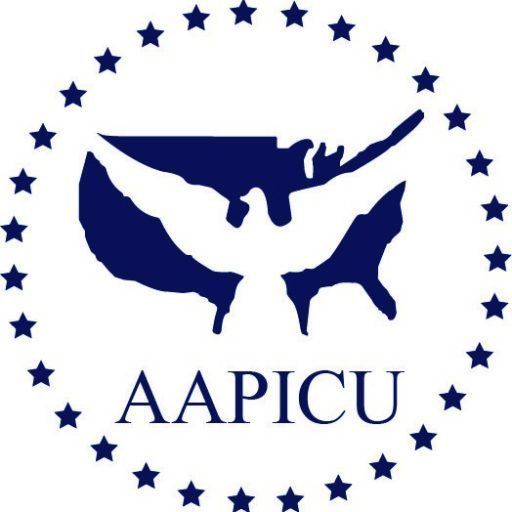Heritage & Purpose of AAPICU
In 1968 a small group of presidents serving independent colleges caucused at a convention. Beset by government encroachment, intensifying competition by public universities, and an atmosphere of student rebellion, they started an organization dedicated to their unique interests.
The American Association of Presidents of Independent Colleges and Universities was to be a nationwide, collegial group solely for presidents serving in the thinning ranks of independent institutions. In its first few months of existence, AAPICU attracted more than 300 presidents as members.
AAPICU was immediately incorporated in the District of Columbia. An executive director was appointed and a logo was designed. With occasional updates, this logo and the chosen colors of blue and white have characterized the visual image of AAPICU.
The first annual meeting was held in Denver on October 7-9, 1968. A topic of common concern was selected: computerization. But the important accomplishment was the peer networking about matters of governance and finance.
AAPICU was quickly recognized as the voice for independent education in Washington, D.C. The group went on record in opposition to many forces that would inhibit teaching religious values in independent colleges. Resolutions debated at annual meetings included charitable deductions, affirmative action, government regulation of amateur athletics, the energy crisis, tax exemption, student aid, and Title IX.
From early in its history, approximately two-thirds of AAPICU members were from faith-related schools. These included Jewish, Catholic, Protestant, and independent Christian affiliates. AAPICU also appreciates the invaluable perspective of presidents from proprietary and independent schools in helping to always exhibit strong support for values-based education. Other organizations of independent higher education institutions have also come alongside AAPICU. Still, AAPICU continues to address presidential interests that are overlooked by other higher education groups.
AAPICU business is conducted by a board of directors. Officers are elected annually while an executive director is appointed for a longer duration. In recent years new presidents have served two-year tenures.
Since 1972 AAPICU has favored Arizona as the site for its annual conference. Usually a mid-February date is set for the conference. Over the years, AAPICU has attracted some of the nation’s most outstanding speakers including Judith Eaton, Kim B. Clark, Sarah Flanagan, Clayton M. Christensen, Michael M. Crow, Marianne Jennings, Duane Litfin, Robert Andringa, Stephen R. Covey, Senator Mark Hatfield, and Brian Hawkins. Among the more popular features of the annual conference is the Presidents Roundtable where conference participants have the opportunity of sharing ideas, programs, and experiences with one another.
Former members such as Jeffrey R. Holland of Brigham Young University have stated that AAPICU was their most useful professional organization. David Davenport of Pepperdine University said that AAPICU’s distinction is that only presidents are involved in its deliberations. David E. Fry of Northwood University credits AAPICU with providing the best in “new knowledge.” Thomas E. Corts of Samford University placed high value on the informal idea swapping at annual meetings.
From the founding of Harvard College in 1636 to the present day, those colleges and universities independent of state control have been on the frontiers of education, preparing the finest leaders for a democratic society. AAPICU members insist that the public good is best served when they are free to pursue their own missions and high values, even when these run contrary to prevailing tides. The American Association of Presidents of Independent Colleges and Universities is committed to preserving the private sector of higher education.
